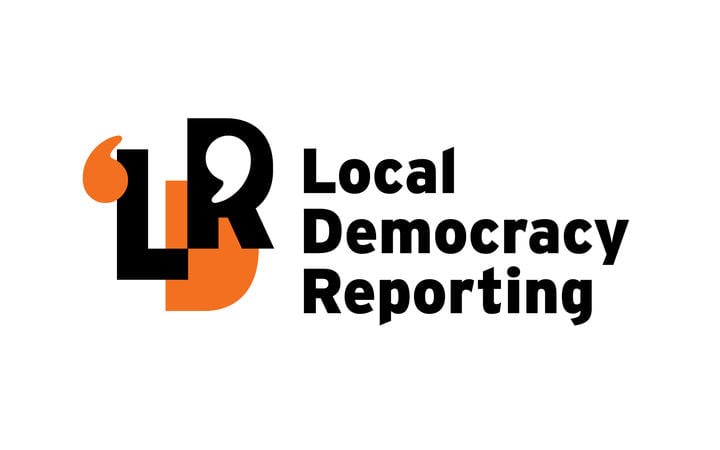There are still big gaps in the knowledge about the number of contaminated and environmentally hazardous sites on the West Coast.
The West Coast Regional Council’s Hazardous Activities and Industries List (HAIL) identified 533 sites across the region.
A new report by council said the presence or extent of contamination is “not known” for 70 percent of the sites.
At this stage council staff resources dedicated to HAIL and contaminated work represents about one half-time staff member, annually, the report said.
The sites represent a range of past activities and industries in the region.
The most common are: service stations (40 percent), landfills (10 percent), power substations (5 percent), previous mining exploration (4 percent), and previous gas works (4 percent).
Councillor Peter Ewen has repeatedly called for the region’s HAIL list to be brought up to speed and thanked council staff for the updated list.
“It’s very good to have this (but) there are a number of concerns,” he said.
“The word that springs up in this report is a lot of sites have been ‘assessed’ but a lot haven’t.”
Ewen said council should be seeking external funding to get a better handle on the scope of hazardous sites across the region, including former rubbish dumps.
“We’ve got to get some significant financial assistance to address this, and I think we should be accessing that.”
The council HAIL register report included additional information from the Department of Conservation noting that it had 301 hazardous sites under its administration.
Only 48 of these were already included in the council list.
DOC-managed contaminated sites were typically former coal or gold mine sites.
Ewen asked that council draft a letter to the Director General of DOC to address:
- The department’s work programme, resources and funding dedicated to its West Coast HAIL sites;
- That DOC should inform the council of any discharges occurring from their sites, “that are not already consented”;
- Evidence of any government funding received by DOC to deal with contaminated West Coast sites.
Ewen said the region did not want the spectacle of another Fox Glacier dump disaster.
“It’s an issue that is not going to go away if we ignore it. Another day, it’s another dump that gets washed away. We’ve got over 300 of the them, and most are not consented,” he said.
“The thing I’m concerned about is the guardian of the environment, DOC, has a lot of these sites. They must know where they are.”
Council agreed on 9 April to adopt Ewen’s recommendations.
DOC has been approached by LDR for comment.
Council science manager Jonny Horrox said council had to “give effect” to the national legislation on the risk contaminated land poses.
He said council was required to identify sites that posed or might pose health risks. This was to manage the risk appropriately on behalf of the community for land use changes or proposed earthworks.
Horrix said of the 301 DOC sites, about 48 were already listed by council.
- Eight are within the department’s national 50 high risk sites;
- The presence or extent of contamination was unclear for the majority of DOC sites;
- The DOC sites represented a range of activities and industries in the region, “but mining is the main HAIL activity for 80 percent of sites”.
Horrix said various terms had previously been used but HAIL was best understood.
“Sites are on the register as a precautionary measure ... contaminants may or may not be present.”
However the HAIL register was to inform future decisions around site use, he said.
“It does not mean all sites are contaminated.”

